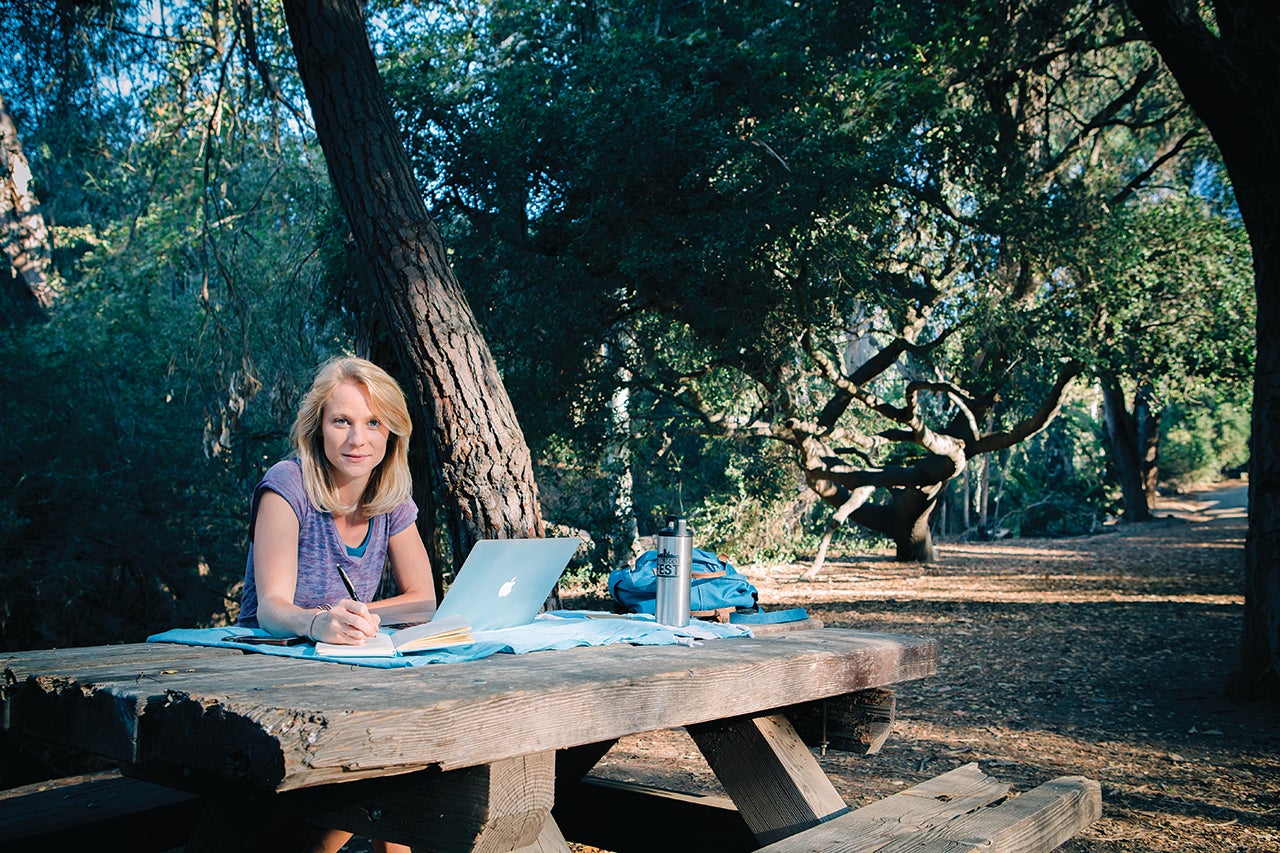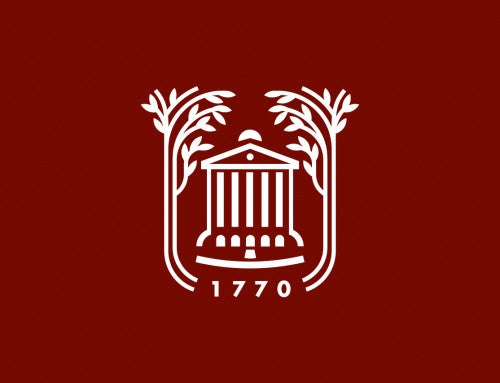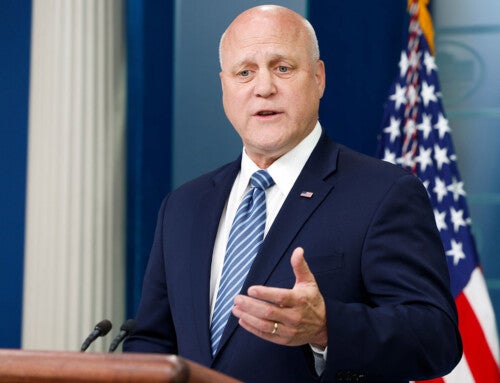Ozzy Osbourne, Katy Perry and Kayne West had their time in her career. But none of that matters today. That was then – this is now. And that’s where the story is. Right now: That’s what really matters.
“Real time is how storytelling is done now. People don’t want to know what you did yesterday or five minutes ago – they want to know what you’re doing now,” says Susan Kamenar ’08, who – after a decade of digital marketing for big names in the entertainment industry – is shifting her focus to the outdoor adventure and social-action space. “People want honesty and transparency, and live social storytelling is the unfiltered way to bring people with you as the story unfolds.”
And that’s exactly why this is such an exciting time – perhaps the most exciting time – in her career.
Kamenar started working in the music industry as a sophomore at the College, when Sony Music Entertainment hired her as a college marketing representative to promote up-and-coming musicians in the Charleston area – and, later while studying in Sydney, Australia. By the time she graduated, she was already living in New York City and working for Sony full time while also finishing her Honors thesis.
“You make your own luck, and you do that through hard work. I wouldn’t have gotten that job with Sony if I hadn’t put in the work,” says Kamenar, who, as a communication major in the Honors College, held leadership positions in the Student Alumni Associates and the Public Relations Student Society of America, wrote for Charleston’s City Paper, served as editor of the College’s student newspaper George Street Observer and had a spot on CisternYard Radio. She also interned at Sony, the European Parliament in Brussels, Ketchum in NYC and Gold Mountain Entertainment in Charleston.
And so she’d already put in the work when, shortly into her first job in the Big Apple, she was handling digital marketing for artists like Shakira, whose music video Kamenar helped release in 2009 with what was then quite revolutionary: a livestreamed video premiere.
“It was exciting to see the beginnings of commercial live storytelling,” says Kamenar, who – after three years with Sony – moved to Los Angeles to grow the digital footprints of high-profile musicians, actors and athletes for Creative Artists Agency and later worked for venture capitalist and music mogul Guy Oseary at the intersection of marketing and technology. “Today, live storytelling is seamlessly integrated into mainstream social networks like Facebook and Twitter, and is the basis for apps like Snapchat, so it is readily accessible to the masses. We have an opportunity to elevate the content being told in real time, and I’m compelled to make sure meaningful stories get out there in an impactful way.”
Take, for example, the story of two athletes who set out to summit Mt. Everest without supplemental oxygen. They wanted to bring their fans along – to tell their stories in real time through social media.
Enter Kamenar, who came up with the concept of a “snap-umentary” to document the expedition. The result was the 2017 Webby Award–winning #EverestNoFilter, which used Snapchat to provide an unfiltered, real-time, first-person view of the athletes’ two-month adventure and which developed its own organic following not just in the outdoors community, but in classrooms, on TV and with families across the world.
“Now, the audience is just as much a part of the story as the talent. The way you engage your community becomes its own sub layer of the story,” says Kamenar, who has since founded her own creative content agency, Coppr, which develops and produces stories that strengthen connections between audiences, environments and her clients, including National Geographic and the REEL ROCK Film Tour. “The goal is to encourage people to experience the world around them, to come together in real life and understand each other more. The stories we choose to tell and how we tell them can make a difference.”
And that’s what’s so exciting about telling stories right now: These online and offline storylines are beginning to merge, creating a different narrative altogether.
“That’s the power of it – you can create an ecosystem of online and offline worlds. There are no rules: The barriers are blending, and we’re all just making it up as we go along,” says Kamenar, pointing to Pokémon Go as an example of how technology can bring people together in the real world. “That’s what I aim for in my work – to encourage those personal interactions that educate us all. That’s the only way society will change for the better, and that’s what I hope to inspire.”
And, for Kamenar, that’s where the real story is. That’s what’s unfolding right now. And that’s what really matters.




